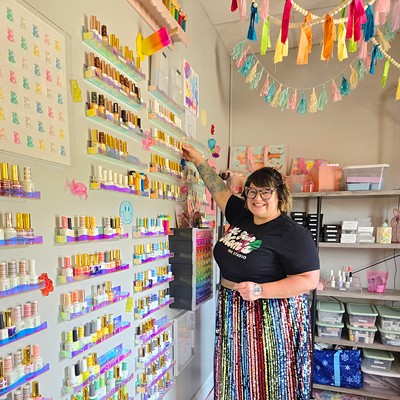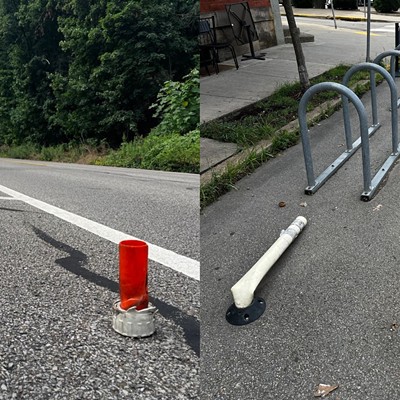Along with elections, holidays, and the onset of cold weather, the open enrollment window can feel like one more seasonal stressor among many. But don’t despair, because City Paper has put together a no-nonsense guide to help you navigate the chaos.
What is open enrollment?
Open enrollment is a designated period of the year where you can switch insurance policies simply because you want to. Outside of open enrollment, you can stop or start a policy only after a major life change, such as a new job, a marriage or a baby.
When is open enrollment?
Pennie, Pennsylvania's official online health insurance marketplace, is open for the Nov. 1 - Jan. 15 enrollment season. But if you want your new plan to take effect at the start of the new year, you must enroll by Dec. 15. Anyone signing up later will not be covered by their new policy until February.
What kinds of plans are available?
There are four traditional types of private insurance plans, each with unique pros and cons.“It’s all alphabet soup and that’s why people are confused,” warns Dr. Kirsten Lin of Direct Care Physicians of Pittsburgh.
Let us at least offer you a spoon.
- Health Maintenance Organization (HMO): This style of plan, known for low premiums (up front costs), offers coverage through specific physicians and health care groups. Typically, you’re required to register with a primary care physician who will refer you to affiliated specialists for further care. While the low rates appeal to many, the downside is they only extend coverage to a limited pool of contracted health care workers.
- Preferred Provider Organization (PPO): These plans offer greater assistance for treatment provided by an in-network facility or health care professional. But unlike the HMO, they offset some of the cost to out-of-network providers. For this reason, they usually cost more.
- Exclusive Provider Organization (EPO): As the name suggests, these plans limit you to care within an exclusive care network. Like HMOs, they offer low premiums, but they differ by not requiring a primary care physician to serve as a gateway to other providers.
Top tips from a health care professional
We asked Dr. Lin for some pointers to shortcut the tedium of insurance shopping. She offered the following insights as someone who has helped many patients work through insurance options, but cautioned her expertise does not extend to insurance.
Is your doc covered?
If you have been seeing the same primary care physician for several years or perhaps you work with a trusted psychiatrist or physiotherapist, you should know switching plans might cut you off from their services. When perusing plans, be sure to inquire which facilities and medical staff are covered.
“One of the things that isn’t emphasized in the open enrollment is that bond between a doctor and patient is sacred,” Lin says.
Do the MathInsurance is essentially a way of spreading risks to limit what you may be liable for out of pocket. In the case of health care, Lin says, younger, healthier people can typically risk lower premiums and higher deductibles. Elderly people, or those with pre-existing health concerns, might want to pay more upfront to lessen their bills after care.
“It’s always a gamble because there are things in life you can’t do,” Lin says. “But the best thing you can do is make an educated guess based on your health up till now.”
Consider Medicaid
Medicaid is a government health care program that services individuals and families on low incomes. In Pennsylvania, anyone in a household at or below 133% of the poverty line qualifies.
“Medicaid is a great option for low-income families,” Lin says. “There are a lot more people who qualify for Medicaid than are actually receiving the services.”

















